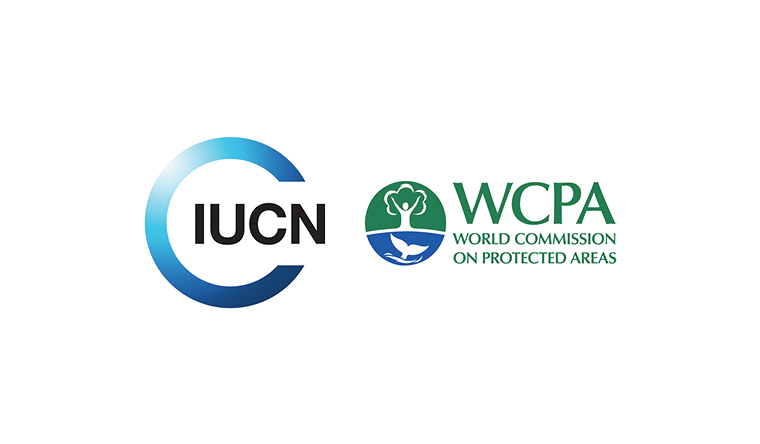
IUCN World Commission on Protected Areas
IUCN's World Commission on Protected Areas (WCPA) is the world's premier network of protected area expertise. It is administered by IUCN's Global Programme on Protected Areas and has over 2,500 members, spanning 140 countries. WCPA works by helping governments and others plan protected areas and integrate them into all sectors; by providing strategic advice to policy makers; by strengthening capacity and investment in protected areas; and by convening the diverse constituency of protected area stakeholders to address challenging issues. For more than 50 years, IUCN and WCPA have been at the forefront of global action on protected areas.
Largest marine protected area
Based on the IUCN’s assessment criteria for protected areas, the largest marine protected area (MPA), as of September 2018, is Papahānaumokuākea Marine National Monument around the north-western end of the Hawai’ian archipelago, USA. Originally inaugurated in June 2006 with an area of 360,000 km2 (140,000 sq mi), on 26 August 2016, the-then US President Barack Obama announced an expansion that more than quadrupled the size of the reserve; it now covers a total area of 1,508,870 km2 (582,578 sq mi). The reserve prevents any commercial fishing or mining activities and helps to protect more than 7,000 species. It must be noted that other marine areas have been designated that occupy a larger area than Papahānaumokuākea, including the Ross Sea Region Marine Protected Area (2.09 million km2) in Antarctica and Marae Moana (1.99 million km2) in the Cook Islands. However, based on current compliance with the principles and guidelines of the WCPA – and variable levels of conservation management and permitted usage within these reserves – the IUCN asserts that Papahānaumokuākea Marine National Monument is the most qualified to the title as of Sep 2018.



